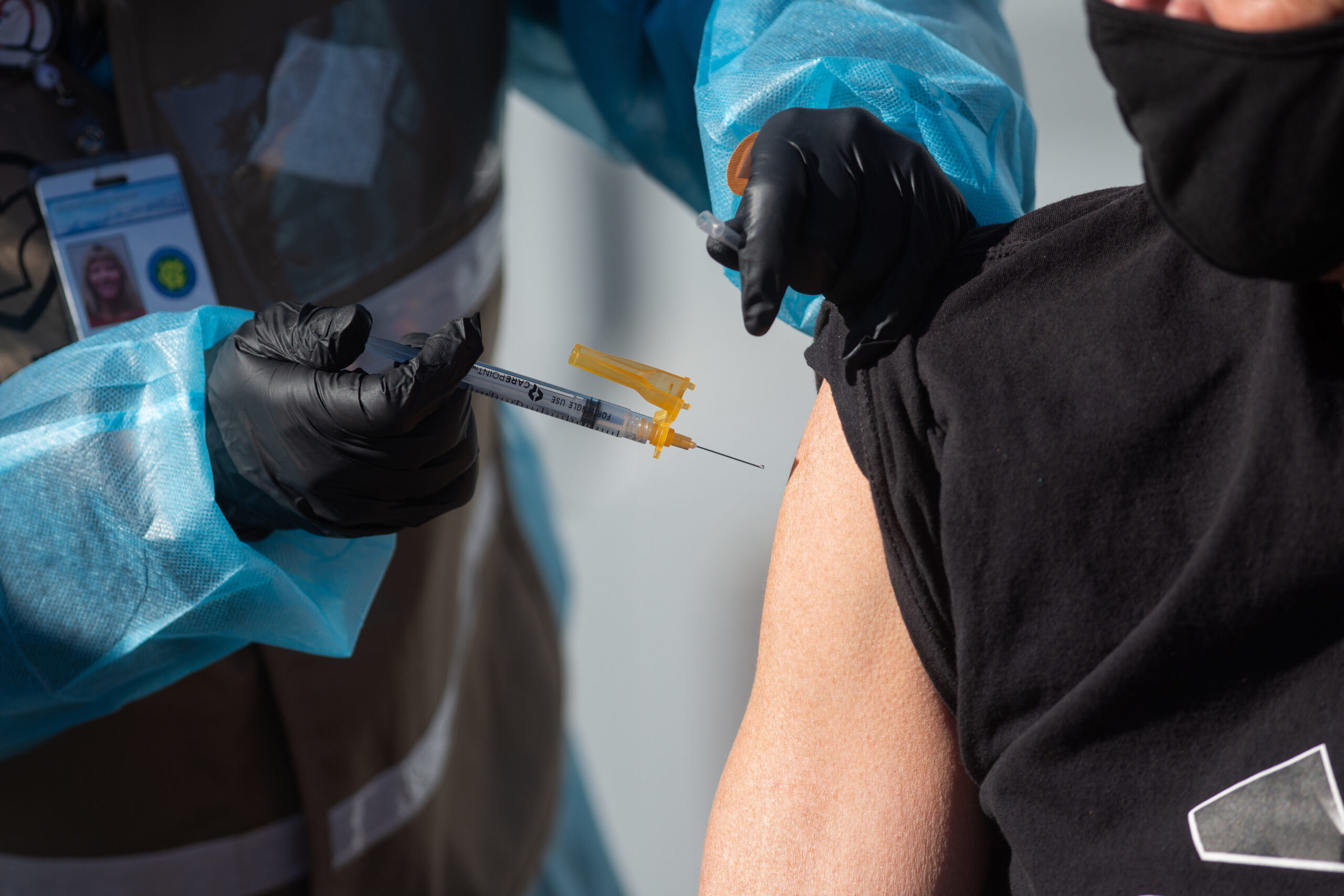Investing in public health provides healthier outcomes, economic boost

Fifteen years ago, a baby boy was delivered in Washoe County to a mother who was imprisoned for drug use. The first-time father, a recovering addict, had no family support and was alone to care for a child with several health issues due to his mother’s addiction.
A Washoe County Health District nurse made 17 in-home visits for the father and son thanks to a program dedicated to at-risk newborns. Nine months later, the child was doing well developmentally thanks to a variety of safety-net services.
In 2014, the Washoe County Health District had to shutter that program due to lack of funding, leaving at-risk children without support and services.
In Southern Nevada, a similar program dedicated to deliver health education and home services to low-income, mostly minority families with newborns and children younger than 2 years was terminated in 2019 due to lack of funds.
Nevada has ranked 50th in the nation for public health funding for decades. In our state, we spend $72 per person on public health — tied with Wisconsin for last place (The U.S. average is $116 per person).
The current Legislature has an opportunity to increase public health investment through a public health improvement fund proposed in Senate Bill 118, one that will give breadth and bandwidth to public health agencies across the state to invest in, and improve services to the community, especially for those who need it most.
The bipartisan bill, which unanimously passed out of the Senate Health and Human Services Committee, would provide approximately $4 per capita of funding to health authorities based on the population they serve. That small amount will make an enormous difference.
Most of the existing federal and state funding for public health is categorical grant funding. That means it is not flexible; it can only be used to provide specific services authorized by the grant. However, public health is delivered at the local level and must be flexible to meet community specific needs. These needs change and community health assessments are conducted to identify the needs and priorities as they change.
We also must respond to unexpected events, including public health emergencies. When COVID-19 first hit, we were not allowed to use funds provided specifically for immunizations, sexual and reproductive health services, tuberculosis, maternal and children’s health, tobacco and vaping prevention, etc., to respond to the dire need to stand up information resources, call centers, databases, testing, etc. while no COVID-19 vaccination was yet available.
Even if a vaccine was available, we wouldn’t have been able to allocate resources to administer it because our immunization funds were specifically assigned to support childhood vaccinations. We found ourselves in the exact same situation when Mpox came along. We then had funds available for COVID-19 vaccinations but weren’t initially able to use them for Mpox, despite it being a critical need.
The public health improvement funds included in SB118 seek to rectify this situation by allowing the governing bodies of local health authorities, made up of elected officials and appointees, to spend these funds on the priority needs that they identify for their communities. These funds will allow public health departments to be better prepared and mobilize quickly to face public health threats and decrease their impact to residents. They will also allow us to make the investments in our communities that were so lacking when the pandemic hit.
During the pandemic it was evident how differently the disease impacted different segments of the community and the alarming health inequities that occurred. We found ourselves not only facing the challenge of mass vaccination for our communities, but also trying to solve for lack of access, lack of trust and lack of communication and information networks with disadvantaged and culturally diverse segments of our populations.
The public health improvement funds will allow us to build and strengthen our relationships and capacities in these communities. This is vital to improving health outcomes now, and to allow for better opportunities for protection and resilience in the face of future public health threats.
The history of public health in the U.S. has been one of panic and neglect. We neglect our system and then we panic when we have a public health emergency. We then spend large sums of money that comes too late. Rinse and repeat.
SB118 provides an opportunity to begin to rectify this situation and it makes huge economic sense. A 2017 study of local public health interventions found that every dollar invested in public health returns about $4 in economic benefits. Yet we currently invest in illness, with 97 percent of our national health spending devoted to providing disease care rather than public health. By preventing diseases and promoting healthy behaviors we can save lives, reduce health care costs, increase productivity and enhance quality of life. Let’s make that investment in a better Nevada.
Kevin Dick is the district health officer in Washoe County.
Dr. Fermin Leguen is the district health office of the Southern Nevada Health District.

